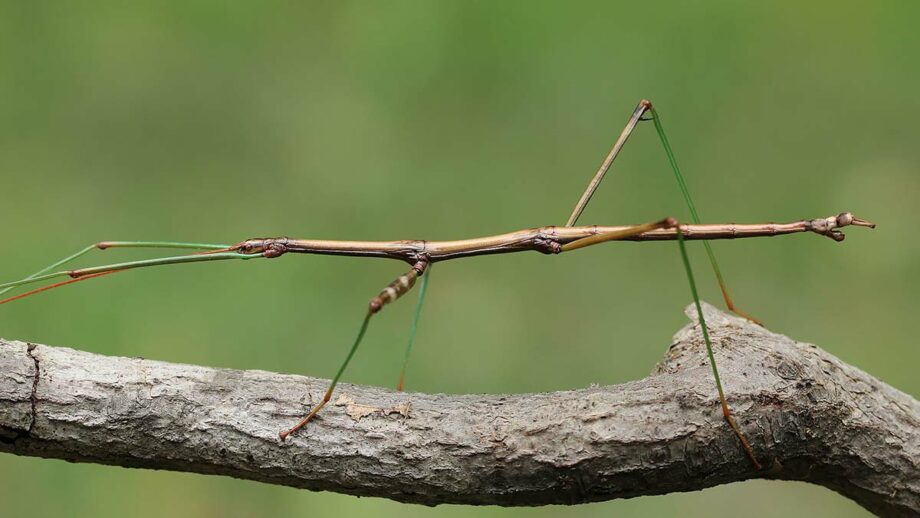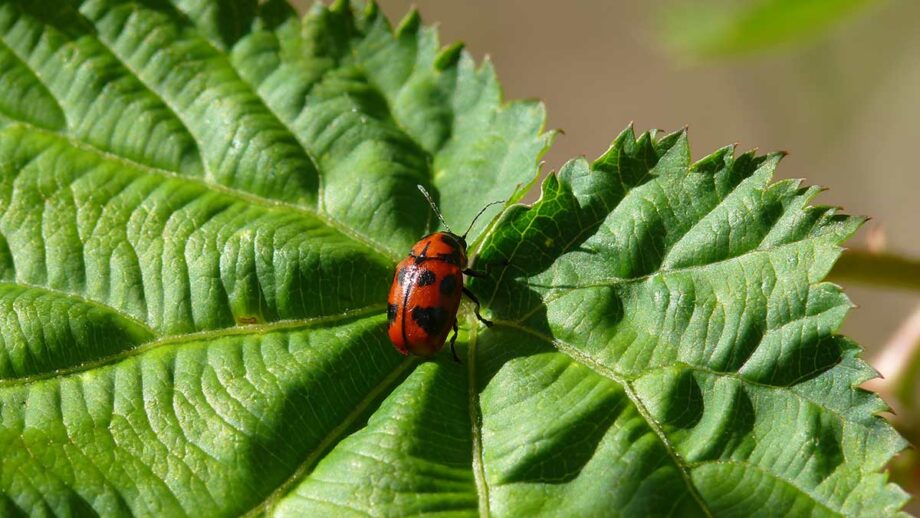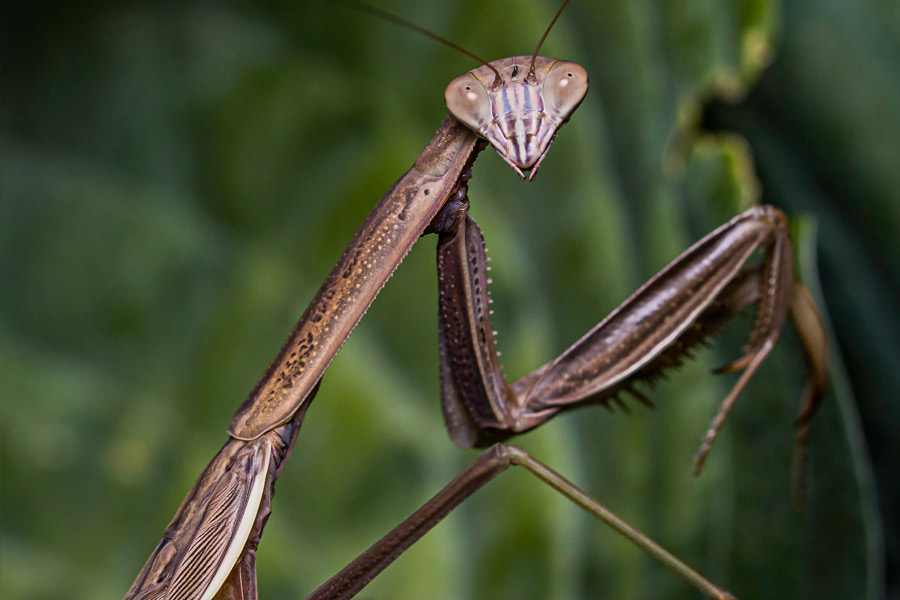Mimicry, or the resemblance of one plant or animal to another, is often found in the insect world. An array of insects mimic other animals and plants in appearance, sounds, or behavior. Here are just five of these insects that benefit from insect mimicry.
Stick Bug

Stick bugs are perhaps one of the better known examples of insect mimicry. Commonly referred to as walking sticks, stick insects began imitating plants as early as 126 million years ago. Their twig-like appearance helps to defend them against predators that hunt by sight.
Ladybird Mimic Beetle

Another insect employing visual mimicry is the ladybird mimic beetle. This beetle has adopted the red and black coloration of the aposematic ladybug, allowing it to benefit from the ladybug’s toxins and unpalatability to predators.
Dead Leaf Mantis

Varieties of the dead leaf mantis present another striking instance of mimicry. These mantises imitate dead, broken, and decaying leaves, both in color and form. Leaf patterns adorn the wings. The dead leaf mantis also behaviorally mimics the motion of dead leaves; if bothered, the mantis sways like a leaf.
Viceroy Butterfly

The viceroy butterfly is another insect employing visual mimicry for defensive purposes. The viceroy is very similar to the monarch butterfly. The similarity between the two was thought to be an example of Batesian mimicry, wherein harmless species mimic the appearance of species that are toxic or unpalatable to predators. Predators consequently avoid both species, thinking both to be toxic. However, recent research indicates that the viceroy is also unpalatable to many predators. The two butterflies may be co-mimics, each profiting from the other’s bad reputation. The questions surrounding these two butterflies demonstrate that insect mimicry is often complex.
Katydid

Not all mimicry is a defensive purpose. In fact, some species use it to lure in prey as well. For example, certain katydids re able to mimic the wing-clicks made by sexually receptive female cicadas. The katydids use these clicks to respond to the songs of male cicadas who then draw nearer, hoping to mate. This is an example of aggressive insect mimicry, with the end result being a meal for the katydid.
Feature Image from Filipe Resmini/Unsplash




